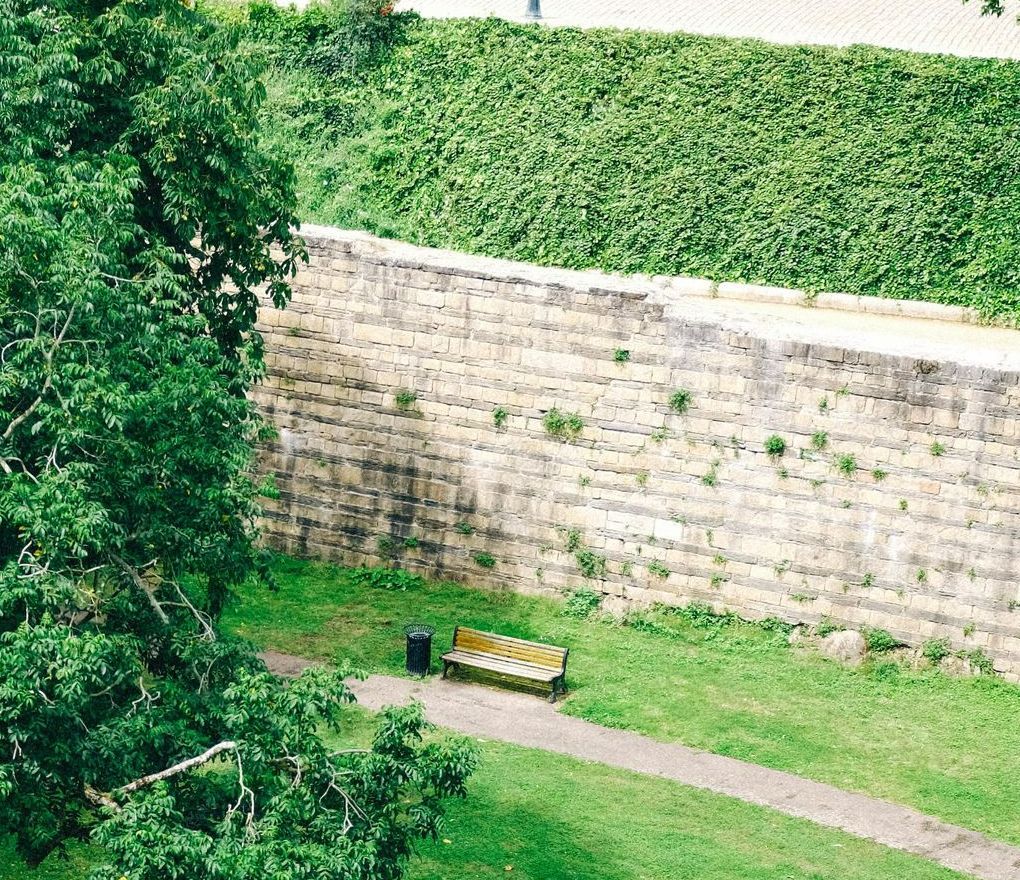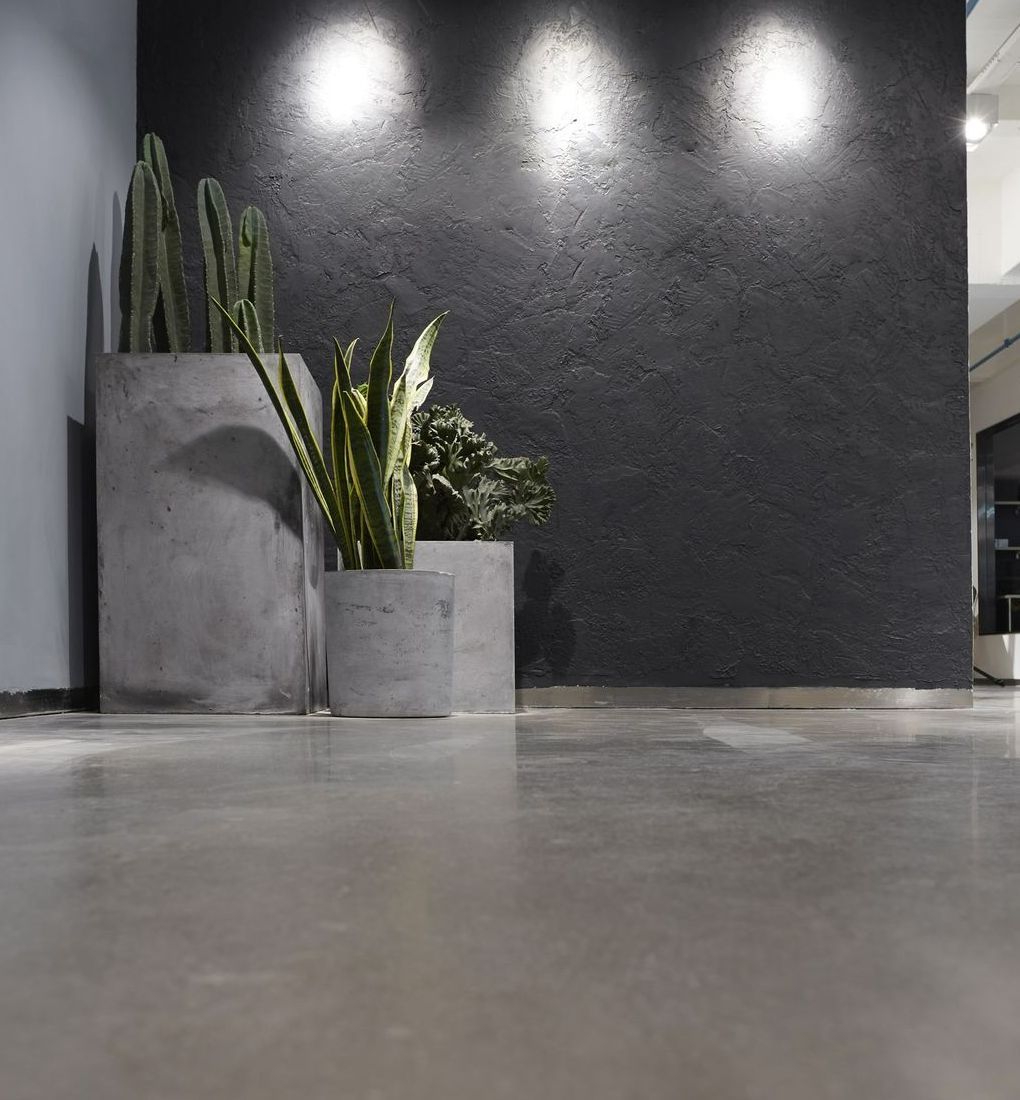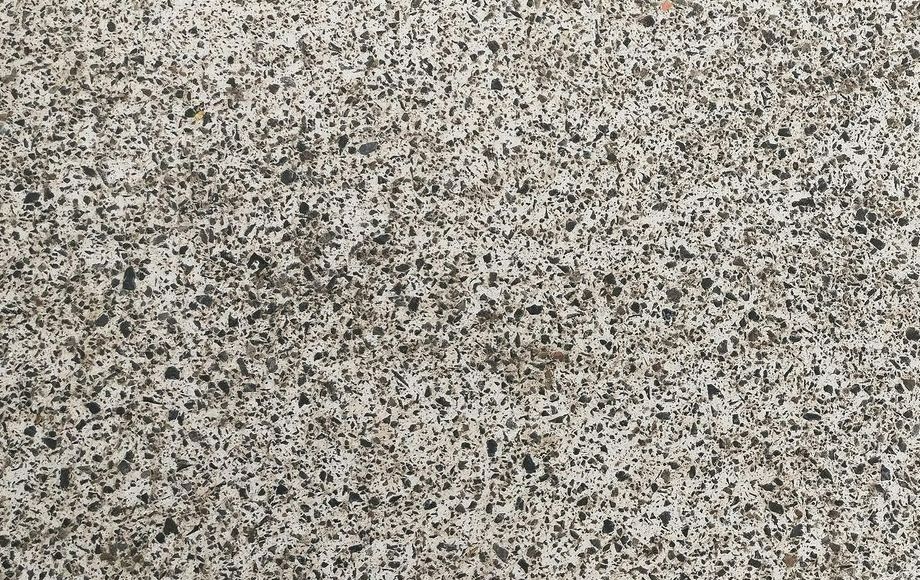All You Need to Know About Polished Concrete Countertops and Surfaces
Whether you want polished concrete countertops and surfaces for your home or business, you must know all the essential details. This article will provide an overview of what polished concrete is, how to get it, and how you can care for it.

What is Polished Concrete
Whether you are considering concrete countertops for your home or business, you will find that there are numerous options to choose from. You can opt for a polished finish or stain the concrete for a custom look.
The beauty of polished concrete is its ability to be virtually maintenance-free. It does not require waxes or coatings to keep it looking its best. You will also find that it is easy to clean. To keep your surface free of dirt, wiping it down with a damp mop once a week is recommended.
While you are polishing your concrete countertops, it is essential to wear proper safety equipment. Some of the items you will need are safety glasses, rubber gloves, and earplugs.
The first step in polishing concrete is to expose the aggregate layer. You will need to use a diamond pad and a wet concrete polisher to do this. It is also advisable to work at a moderate pace and to use a coarse place first.
A polishing compound can also restore shine to a dull concrete surface. A fine-grit abrasive will also be helpful.
You can also use decorative aggregates dropped onto the surface during the finishing stage. These can be used to create the look of a terrazzo or a textured design.
Another benefit of polished concrete is its high light reflectivity. This is a helpful attribute, as it helps to bounce light around the interior space.
Benefits of Polished Concrete
Whether you are building a new home, renovating an existing building or simply looking to update the look of your current space, polished concrete countertops and surfaces are an excellent choice. They are highly durable, heat- and stain-resistant, and extremely attractive to the eye.
Polished concrete is a cost-effective and environmentally friendly flooring option. It is becoming increasingly popular for commercial and residential applications. Polished concrete is used throughout many commercial and residential settings, from factories to offices to retail stores, schools to churches, and airports to boutique retail shops.
Polished concrete countertops and surfaces are very durable and require minimal maintenance. They are easy to clean and offer a beautiful, smooth surface. They are also available in various colours and finishes, allowing you to create a custom look that suits your design and home's needs.
Unlike tile, polished concrete countertops and surfaces do not require regular sealing and waxing. A polished concrete countertop does not require any surface coatings, making them easy to clean. They also offer a high level of reflectivity, reducing the lighting needed to illuminate a room.
Polished concrete countertops and surfaces are available in a variety of colours. They can be painted, stained or patterned and made to look like granite, marble or wood.
Polishing concrete countertops and surfaces is very similar to sanding wood. The first step is to remove the surface paste. Next, the grit level is gradually increased until the surface is completely smooth. Finally, the final rinse is applied.
Polished Concrete Countertops and Surfaces
Whether you're looking to replace a broken countertop or want to improve the look of your kitchen, polishing and sealing your concrete countertops can be a great way to achieve the look and feel of natural stone without the hassle. Polishing and sealing a concrete countertop not only improves the face of the surface but can also protect it from staining and damage. Using the right tools and products is the key to achieving a beautiful finish.
Concrete Countertop and Surface Care Tips
Having a concrete countertop is a beautiful addition to any kitchen. However, it is also a material that needs special care to keep it looking its best. Several concrete countertop care tips will help keep your counters in tip-top shape.
The first and most crucial concrete countertop care tip is to avoid abrasive cleaners and acidic products. These substances can wear away the sealant and damage the countertop.
Use a soft cloth or sponge and a mild cleaning solution to clean a concrete counter. Be sure to use a pH-neutral cleaning solution. You can also use vinegar or baking soda, both safe on porous concrete. You can also reapply the solution every so often.
Spills are every day in the kitchen. However, cleaning up these messes as soon as possible is essential. The stain may seep through the sealer if the spill is left for a while.
Grease and oil stains will absorb into the surface of the concrete. To remove stains, use a non-abrasive cleaner and scrub the area with a soft cloth.
Hot pots and pans can damage the sealer, so protecting the counter from heat is essential. Trivets are an excellent way to do this.
Acidic foods and cleaners can also stain your concrete countertop. However, you can remove these stains by lightly sanding the surface.
Should You Hire a Professional Concrete Contractor
Whether you are considering installing a new concrete countertop, repairing an existing concrete countertop or doing some remodelling work, it is essential to consult a concrete expert to get the best results. A substantial expert can help you save money in the long run and get the most out of your project.
The cost of installing a concrete countertop can vary widely depending on several factors. The quality of the materials you use, the type of concrete used, and the size of the area to be poured are among the factors that influence the cost.
A concrete countertop is only for some. It requires special skills and a professional approach. It is also sensitive to stains and regular cleaning. Therefore, hiring a professional concrete contractor to install your new countertop is essential.
When hiring a contractor, check to see if they can provide comprehensive estimates. This will ensure that you only end up with what you bargained for. The cost of hiring a contractor can vary depending on the project size.
Hire Bendigo Concreters
Whether you're constructing a new driveway or installing concrete countertops, the Bendigo Concreters experts will do the job right. We are a locally based business with a reputation for producing some of the finest polished concrete countertops and surfaces in Bendigo. We specialise in decorative concrete, exposed aggregate and residential concrete driveways. We take pride in our work and will happily advise you on any of your concreting requirements. Contact us today at 03 4420 4768 to know more.
You might also like



FREE INSTANT QUOTE
**plus free bonus coupon**
